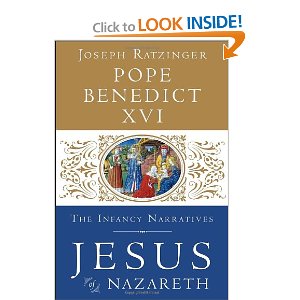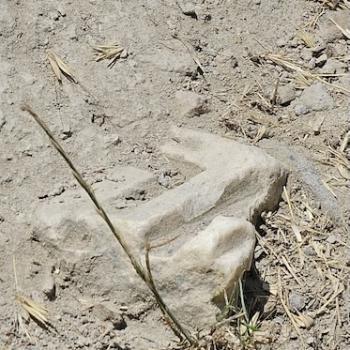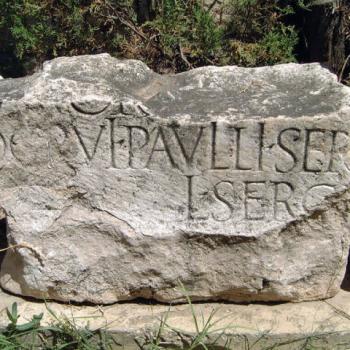It is safe to say that some of the most debated material in all of the birth narratives are the genealogies, not least because of their many differences and few similarities. Technically speaking, the Lukan genealogy in fact introduces the ministry narrative rather than the birth narrative as we find in Mt. 1. The pope does not shy away from the debate or the differences in the accounts. In fact, at one point he says this: “A further striking difference is that Matthew and Luke agree on only a handful of names; not even the name of Joseph’s father is common to the two. How can this be? Apart from elements drawn from the OT, both authors have based themselves on traditions whose sources we cannot reconstruct. It seems to me utterly futile to formulate hypotheses on this matter. Neither Evangelist is concerned so much with individual names as with the symbolic structure within which Jesus’ place in history is set before us: the intricacy with which he is woven into the historical strands of the promise, as well as the new beginning which paradoxically characterizes his origin side by side with the continuity of God’s action in history.” (pp. 8-9). This certainly reflects the gestalt of Catholic scholarship post Vatican II, where it became possible for Catholic exegetes to use the historical critical method and eschew false harmonizing or allegorizing schemas to save appearances.
The pope goes on to make the usual comments on how in Matthew Jesus is presented as the son of David, and in the Abrahamic line, and so the Jewish messiah, whereas in Luke Jesus is presented as the son of Adam and indeed ultimately of God, and so the savior for all humans. But as he says, the placing of Mary into these genealogies is a radical turn of events, and indicates that both authors recognize that whatever the pre-history, in Mary there is a new beginning, something unprecedented and unanticipated is transpiring involving a virginal conception. Joseph is the legal father, but only God is truly Jesus’s father, so in turn Jesus has but one human parent— the virgin Mary.
Toward the close of the first chapter, drawing on a textual variant in John 1, the pope points out that the reference to ‘born not of blood, nor of the will of the father…’ could in fact be a reference to the virginal conception in John’s Gospel. In other words, one manuscript reads not ‘who were born, not of blood…’ but rather we have the singular ‘who was born…’ in any case the Pope goes on to talk about the similarities between Jesus’ origins and the miracle of faith in Christ. “Just as the genealogies break off at the end, because Jesus was not begotten by Joseph, but was truly born of the Holy Spirit from the Virgin Mary, so it can now be said of us that our true ‘genealogy’ is faith in Jesus, who gives us a new origin. who brings us to birth ‘from God’. (pp. 12-13).













